How to fit a Stair Runner
04 September 2026
A guide to fitting your stair runner, this step-by-step walkthrough covers everything you need to securely install a runner on straight stairs. Follow these instructions to achieve a neat finish and extend the life of your runner.
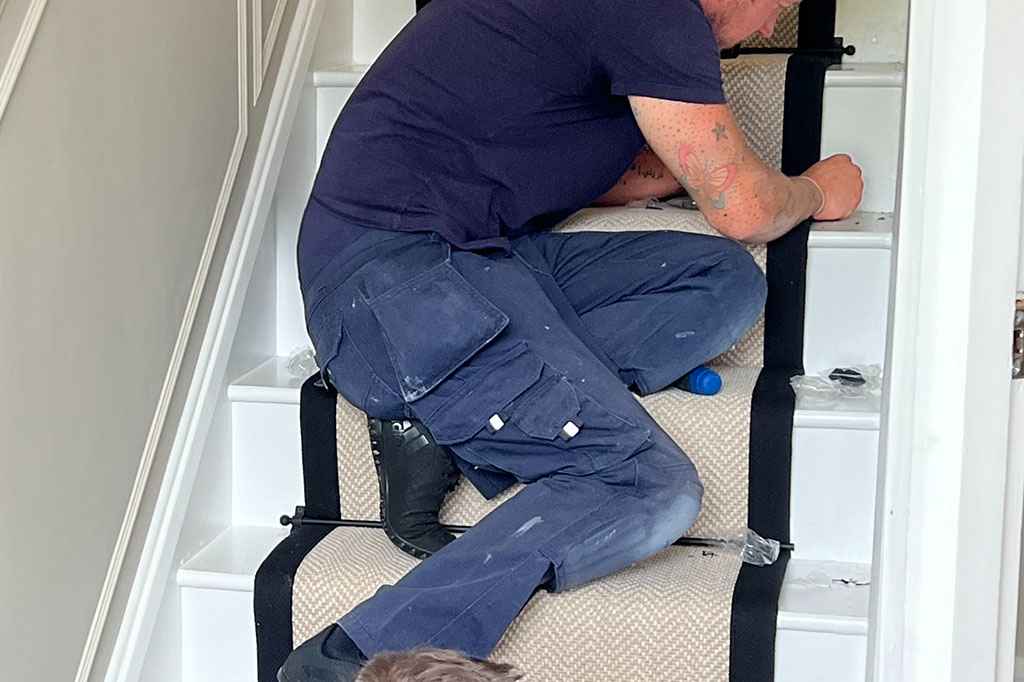
*Please note that this guide is for the fitting of straight stairs only. For winding stairs or those with a half landing and turn, we strongly recommend that you employ the services of a professional fitter.
TO EXTEND THE LIFE OF YOUR STAIR RUNNER, YOU’LL NEED A GOOD QUALITY UNDERLAY OVER THE NOSE OF YOUR STAIRS.
Please read right through these instructions carefully before you begin.
What You’ll Need:

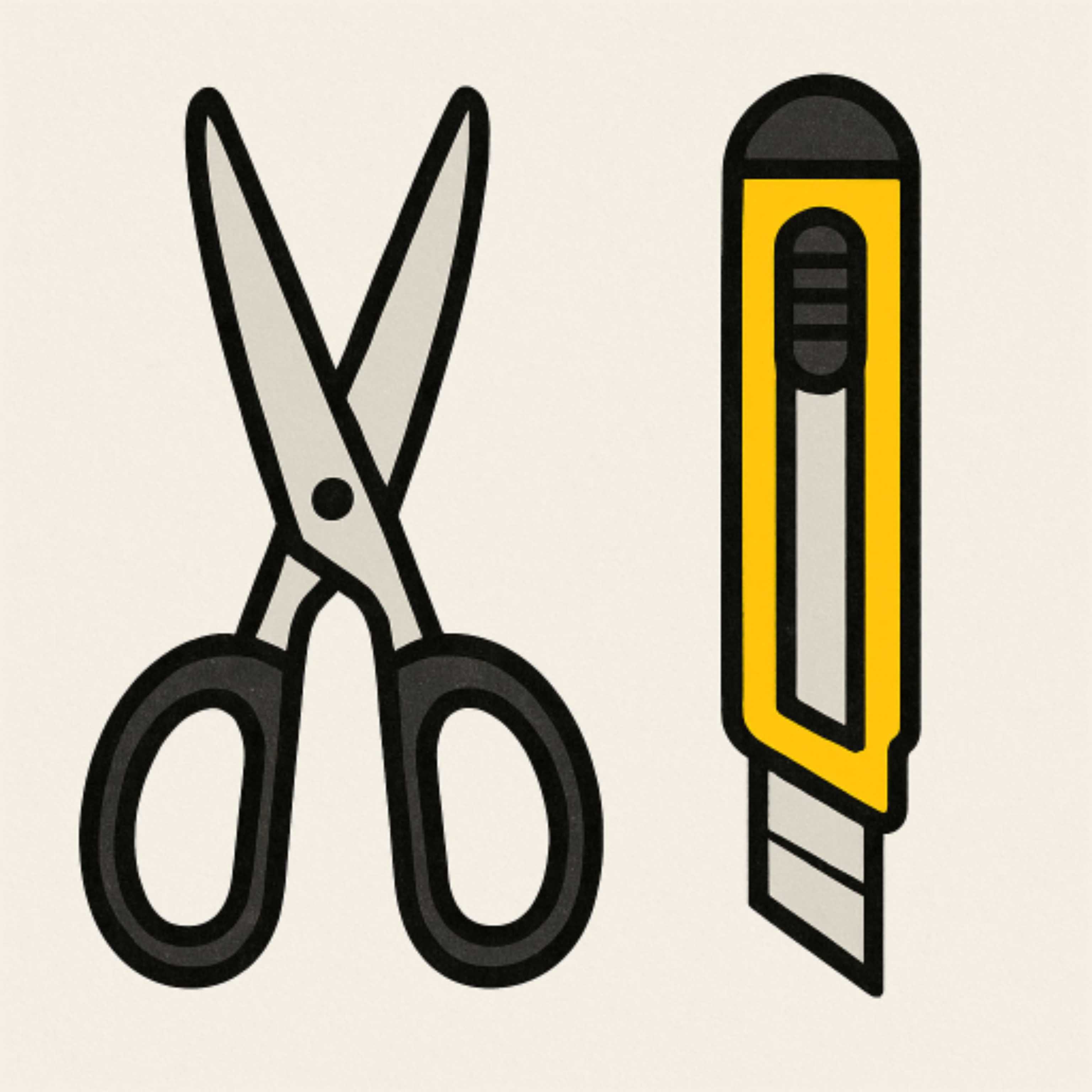

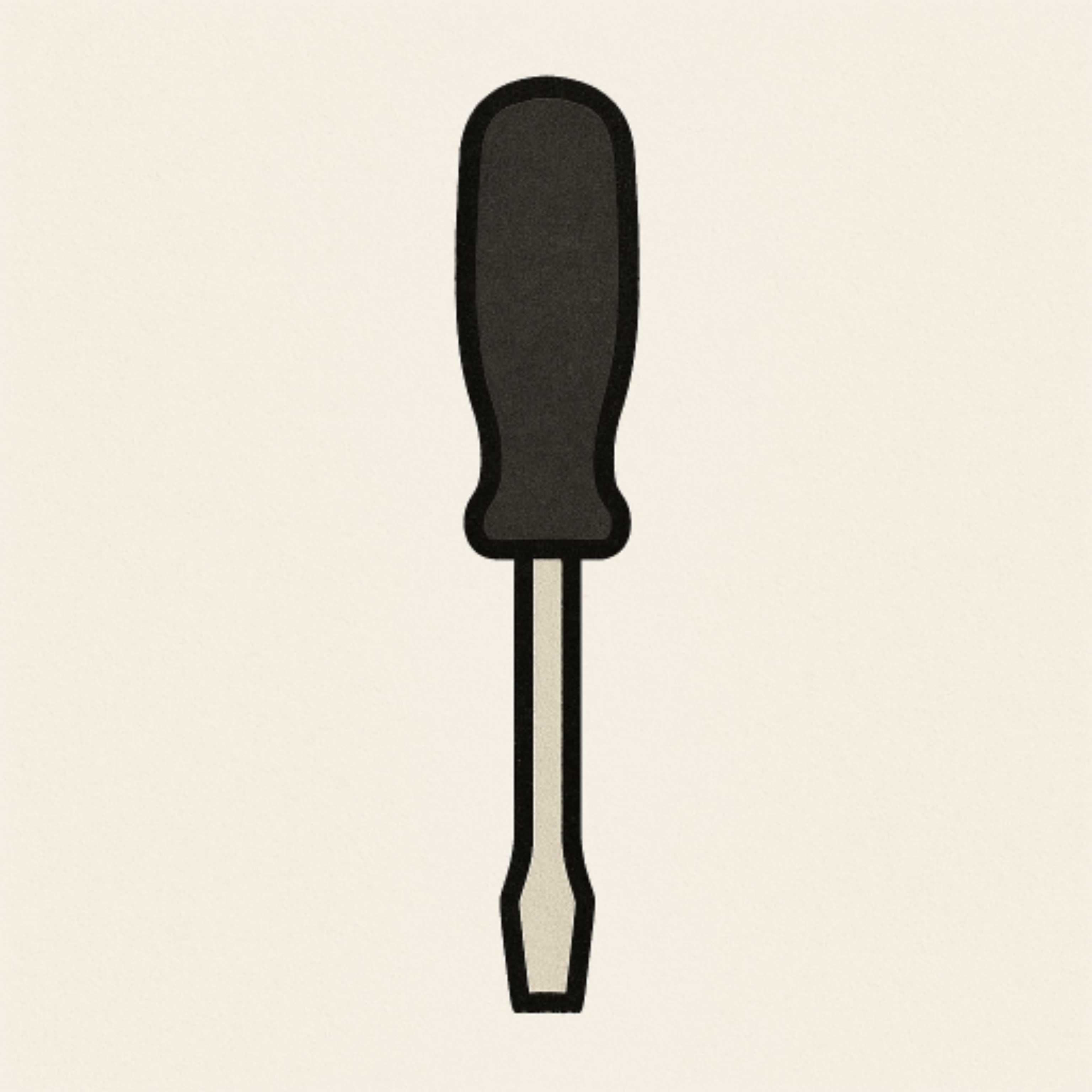


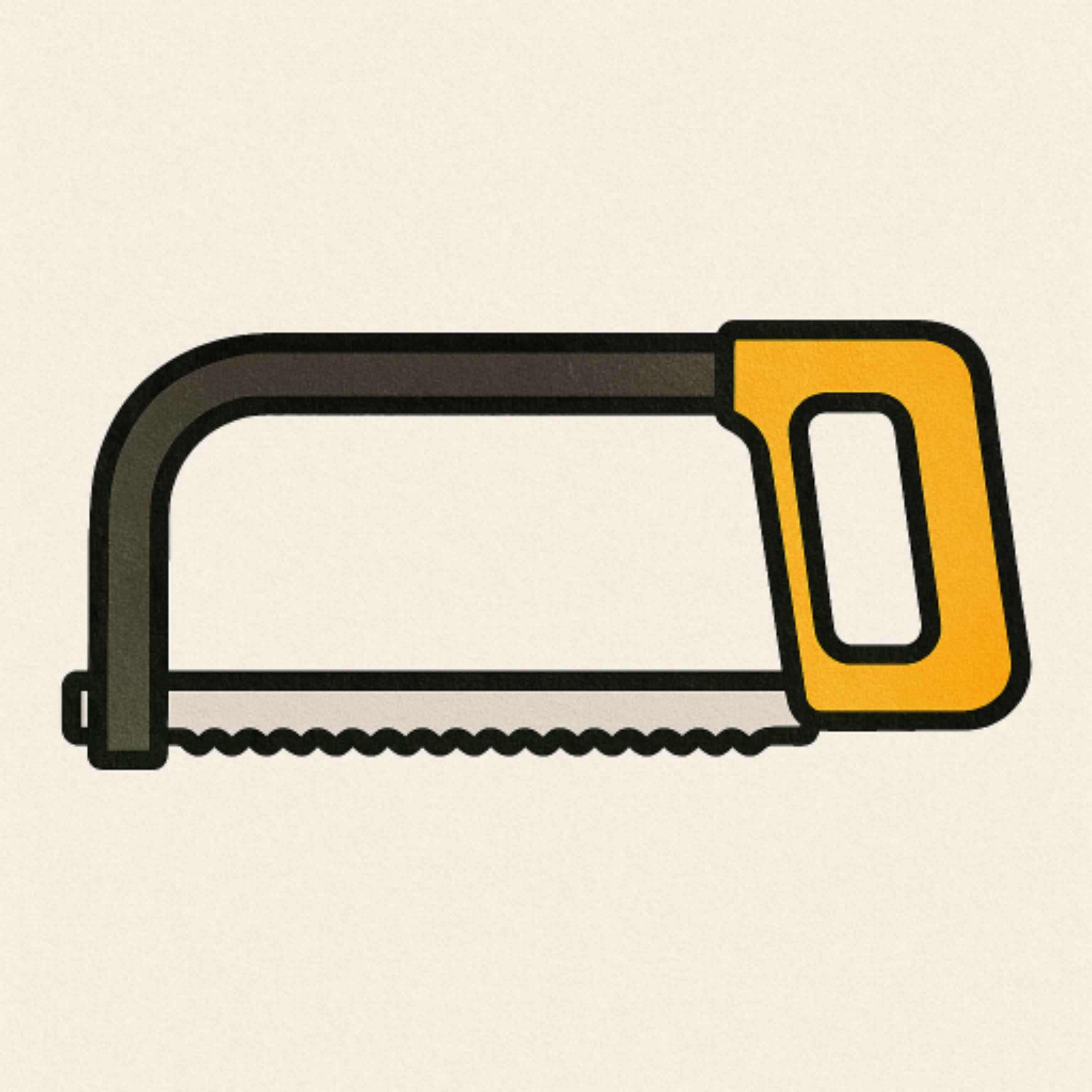
-
Tape measure and marker pen
-
Scissors and/or knife
-
Hammer and carpet tacks
-
Screw driver
-
Heavy duty stapler or double sided tape
-
Gripper Rods
-
Hacksaw
Stair rods & Gripper Rods
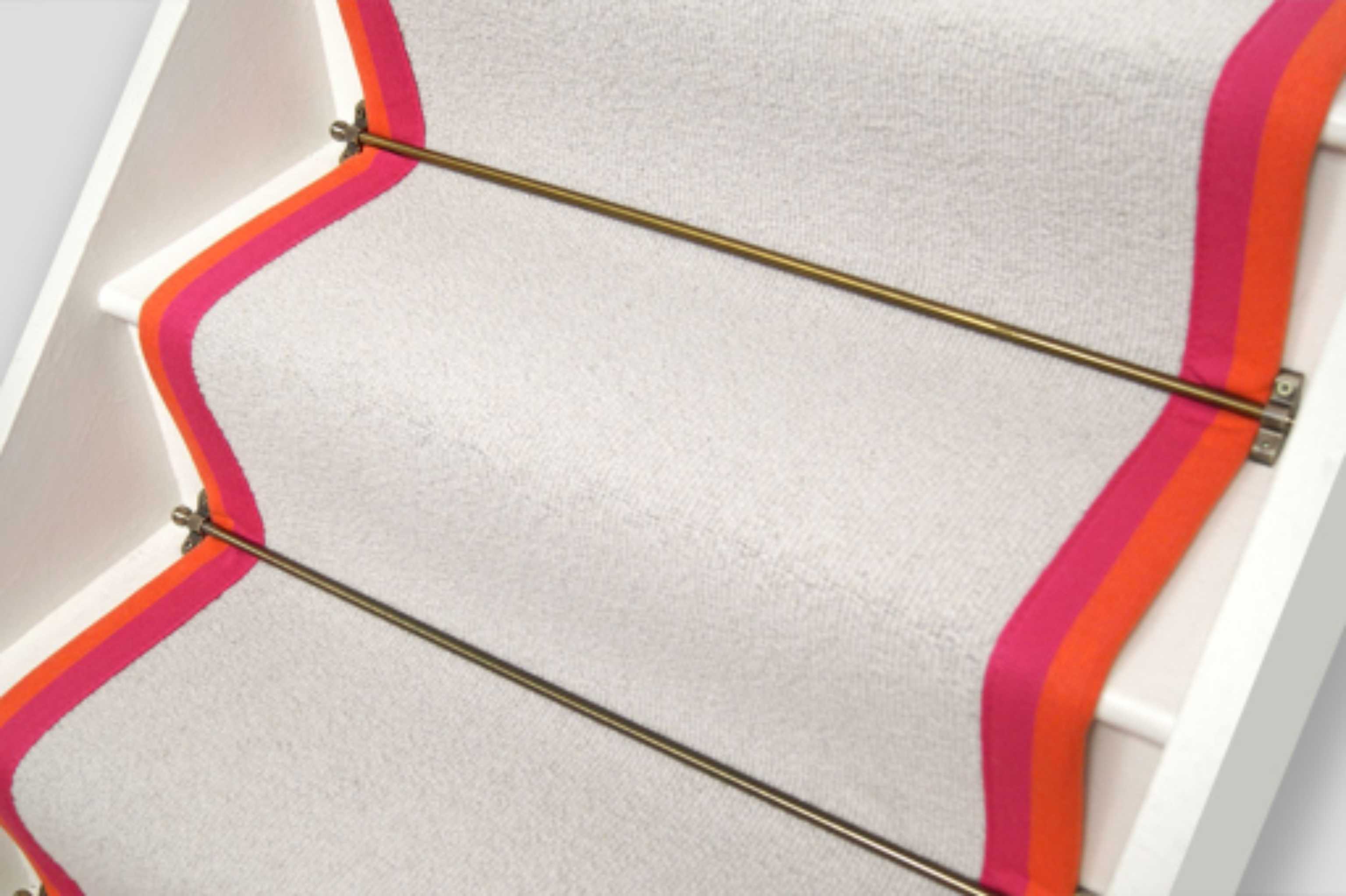
.jpg)
Stair rods are purely decorative and it is essential to fit your stair runner using gripper rods.
Gripper rods come in both medium and short pin depending on the thickness of the carpet being fitted.
Let's get started...
You will need one length of gripper for each riser and one for each tread. You should cut your lengths so that they are 100mm (4”) less than the width of your runner to allow 50mm (2”) either side and ensure that the gripper will not show at the sides of your runner
Attach one piece of gripper to the bottom of each riser, approximately 25mm (1”) up from the tread, ensuring that the pins facing down towards the tread and the gripper is centred, so that it will not stick out at either side of your runner.
Attach one piece of gripper to the back of each tread, 25mm - 50mm (1”- 2“) away from the riser, depending on the thickness of your runner, ensuring that the pins are facing back towards the riser and that the gripper is centred, so that it will not stick out at either side of your runner.
NB: You will need to fit your first gripper, at the bottom of your stairs when you are ready to fit your runner to allow you to create a neat edge.
Once you have attached gripper to every tread and riser to which you will be fitting your runner, you can install your underlay.
Underlay
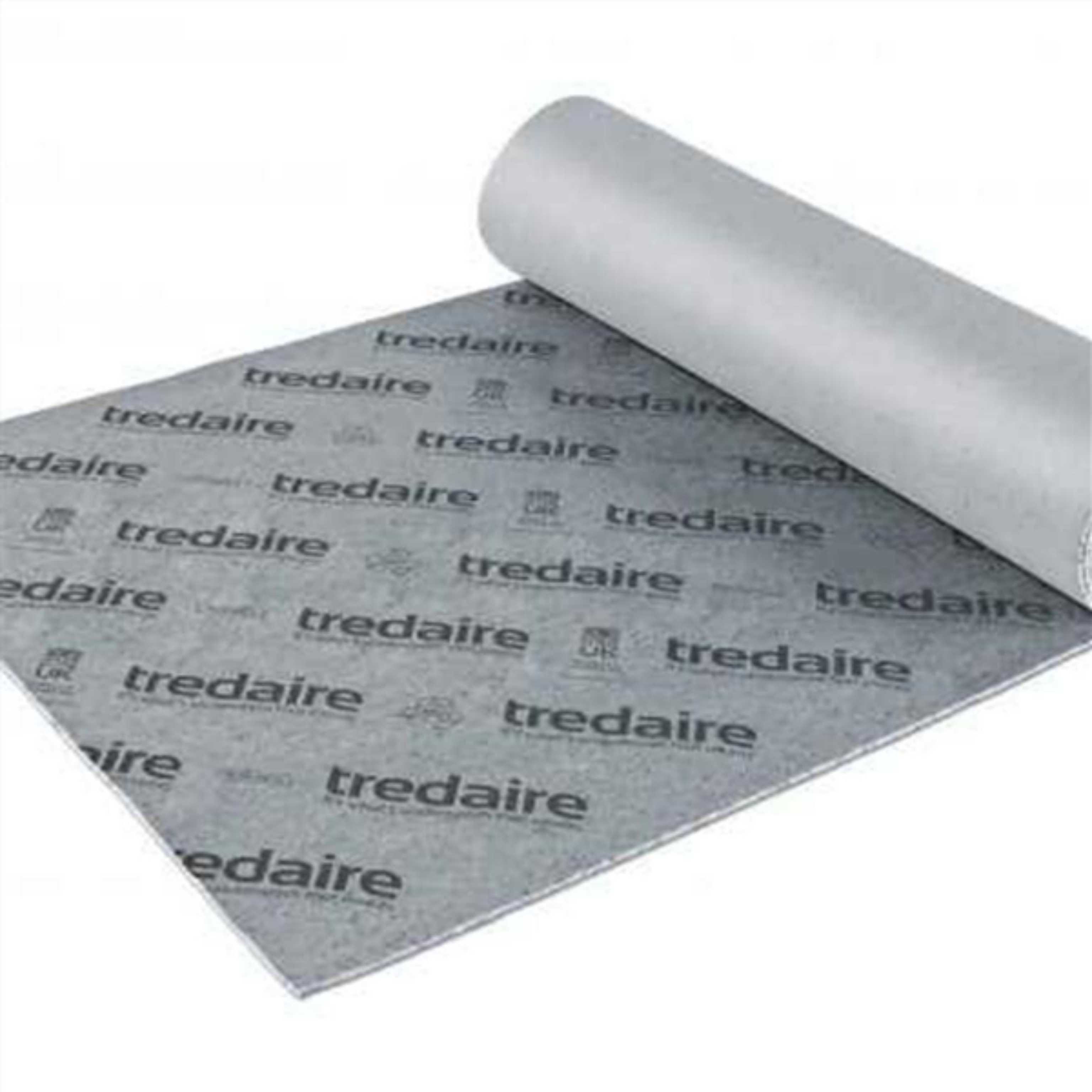
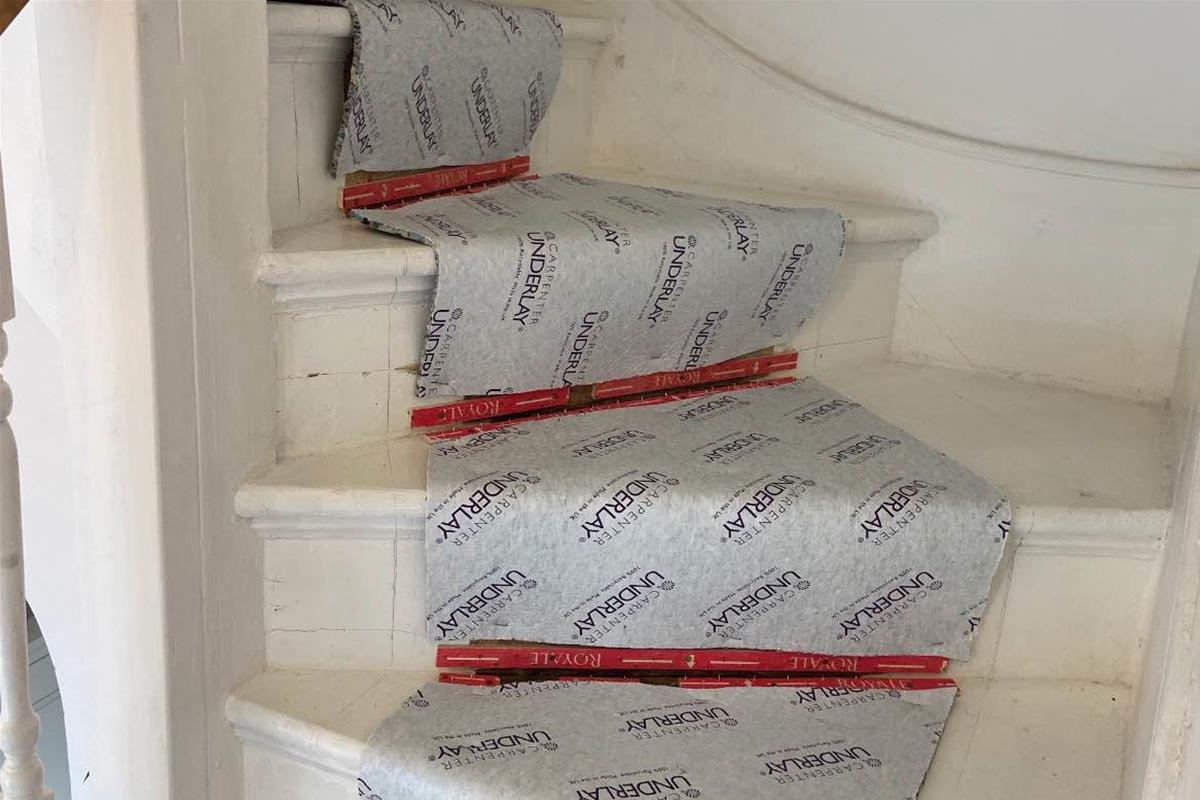
A good quality underlay will prolong the life of your runner by protecting it from excessive wear on the tread and, particularly, over the nose of the tread.
We recommend that you use conventional carpet underlay, which you can purchase from us.
Cut a rectangle of underlay 100mm (4”) narrower than the width of your runner and long enough to start from the gripper on the tread, run out and over the nose of the stair and butt up to the gripper on the riser below. Ideally you should taper the underlay underneath the nose, so that it resembles the flap of an envelope.
The underlay should not sit over the gripper but fit snugly right up next to it at each end. Staple to fix the underlay firmly in place.
Repeat for each stair until complete and you are ready to fit your runner.
Runner
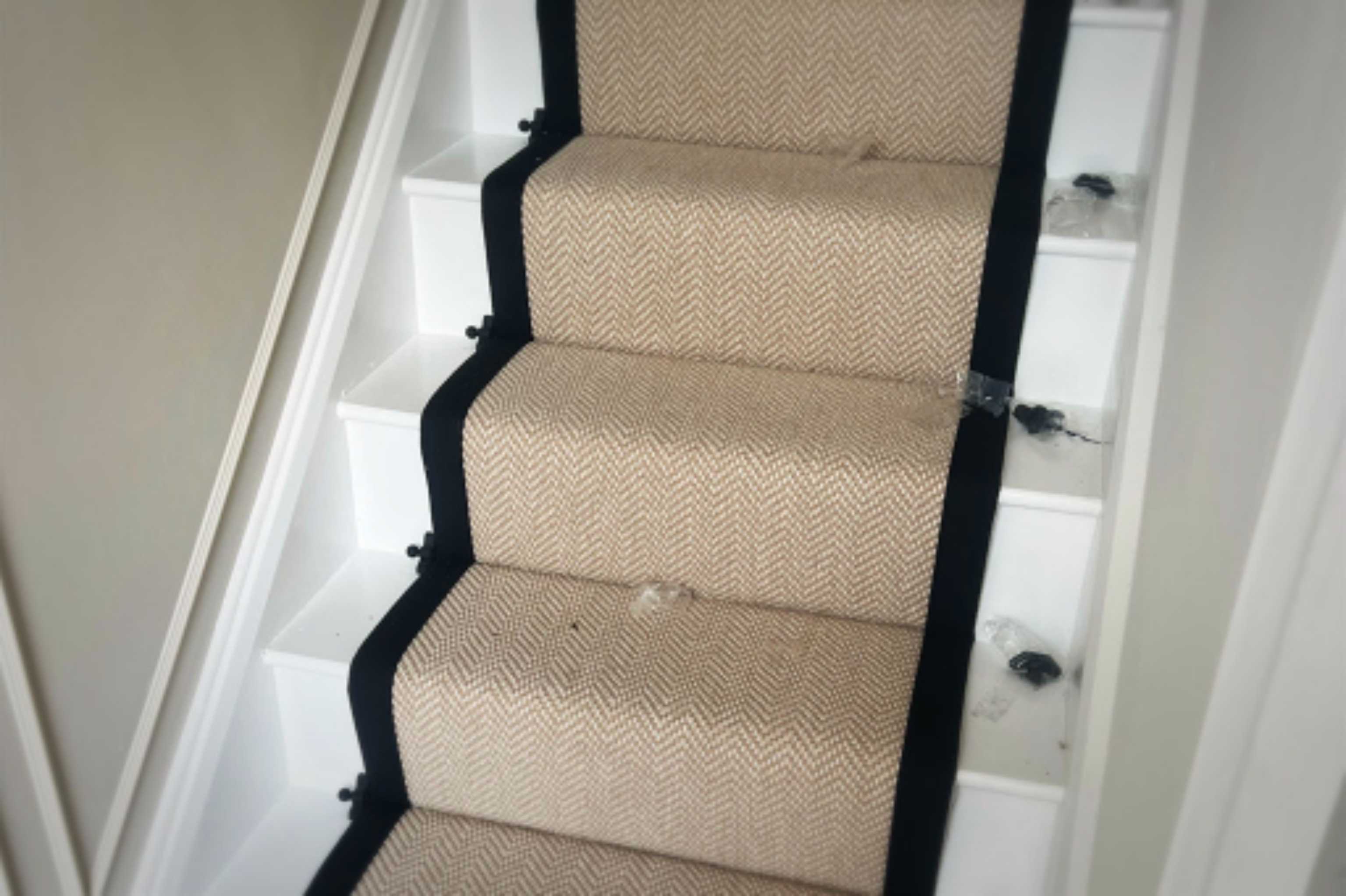 .
. 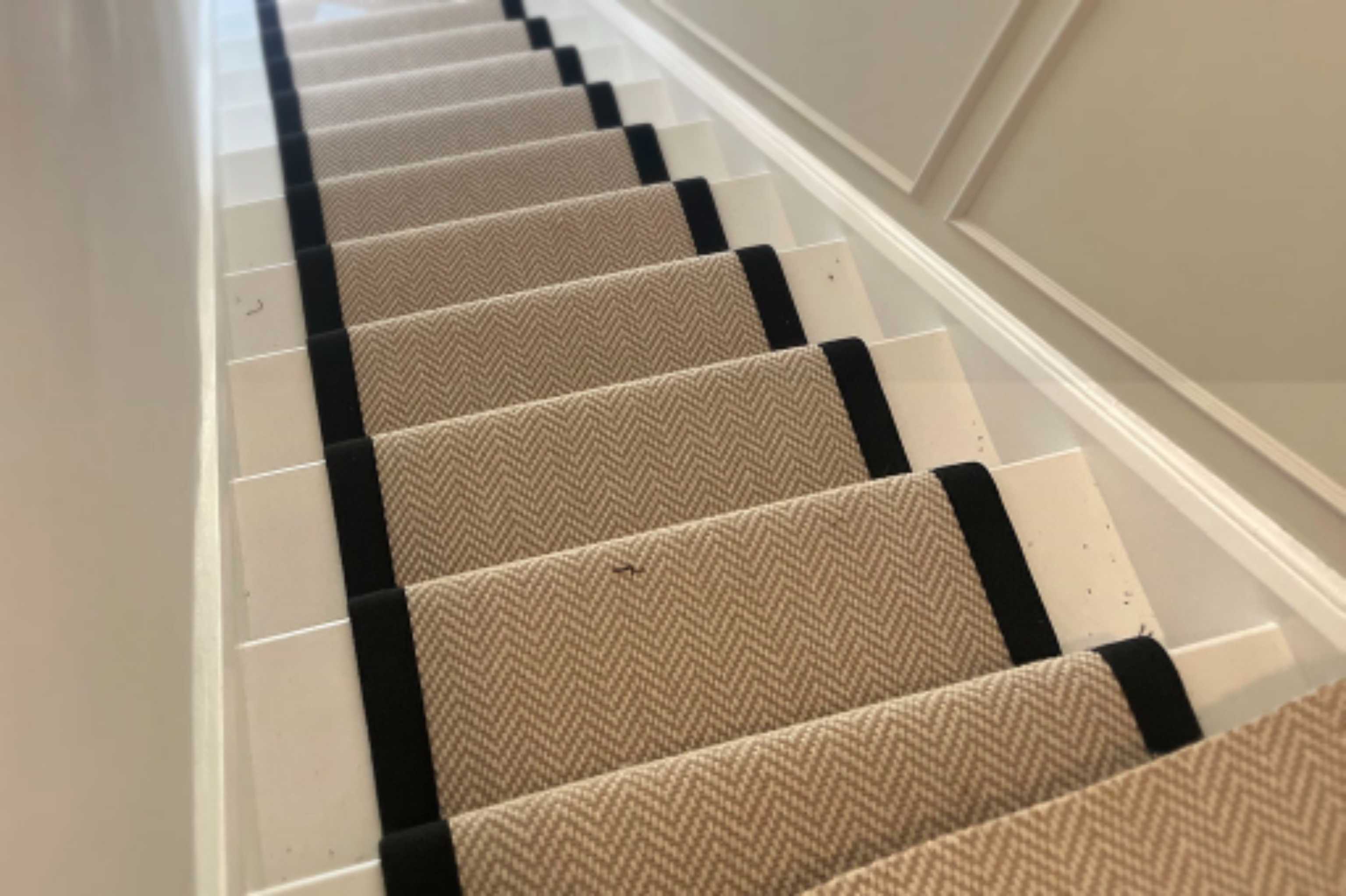
First identify which way the pile lays smooth on your runner by rubbing your hand back and forth across it. Your aim is the lay your runner with the pile running smoothly DOWN the riser. Not only will this look better but it will mean that your runner catches less dirt and maintain its good looks for longer.
Starting from the bottom of the stairs, you need to attach the end of your runner underneath the gripper like a hem to create a neat edge. The easiest way to do this is to roll up the excess runner, with the pile to the outside, and place the roll at the bottom of your stairs, with the end facing the stairs. Pull the end up a little and with the pile facing the riser, tack into place about 50mm (2”) from the floor. Then attach the gripper to this riser, over this runner “hem” .
Fold the carpet back round the gripper, making sure you now have a neat edge at the floor and press onto the gripper.
Now work upwards, ensuring the gripper pins are holding the runner securely onto each tread and riser, keeping up an even tension so that your runner does not start to twist as you move up the stairs.
When you reach the top of your stairs, you will need to fold the runner back under itself to create a neat edge, like a hem and tack into place.
Once you have finished fitting your stair runner, dress down all gripper pins with a hammer so that they do not stick up through the runner.
Need more help?
Check out Youtube for useful installation videos here

